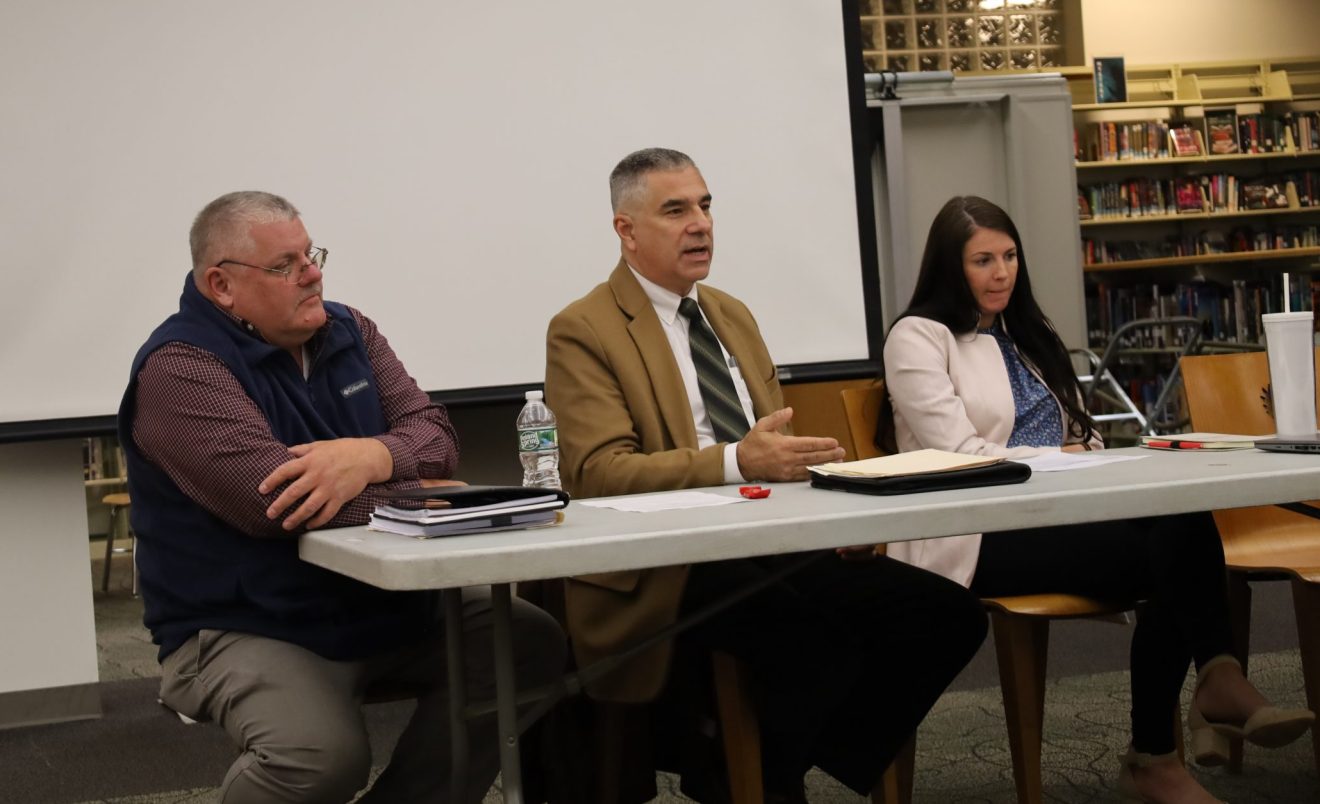CHESTER/DEEP RIVER/ESSEX — A timeline for students to return to John Winthrop Middle School is still unclear, as the firm overseeing the project cautioned the Board of Education on Wednesday against ...
Haven’t subscribed yet? Click here to register.
CT Examiner is just $20 a year. And if you want to unsubscribe? That’s online and at the click of a button. No phone calls. No runaround. No hassle.
At less than a tenth the cost of our statewide competitors, our promise to you is no-nonsense federal, state, and local news that’s nonpartisan, respects your privacy and is ad-free.
Subscribe and see why CT Examiner is the fastest growing news source in Connecticut.

